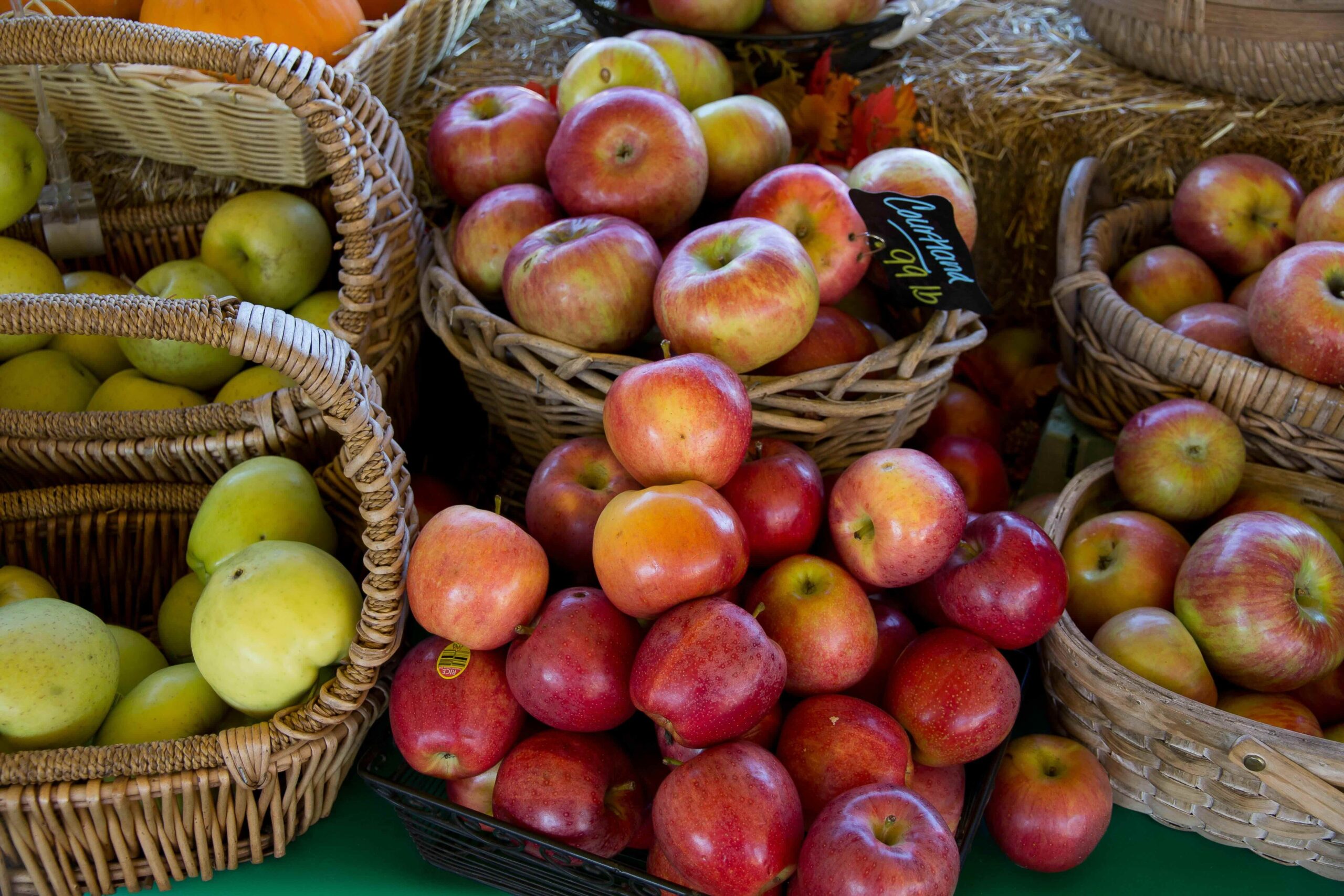On May 1, 2024, Rep. G.T. Thompson, Chairman of the House Committee on Agriculture, and Sen. Debbie Stabenow (D-MI), Chairwoman of the Senate Committee on Agriculture, Nutrition, and Forestry, released summaries of their respective farm bill proposals (see here and here).
On May 17, 2024, Chairman Thompson released text of his bill. Very early this morning, the House Committee on Agriculture finished marking up its version of the 2024 Farm Bill – the Farm, Food, and National Security Act of 2024 – and passed it out of Committee on a bipartisan vote of 33 to 21.
While there will be a lot of chatter about the path forward in the full House, attention is now turning to the Senate. To help set the stage, we have compiled a side-by-side comparison of the major farm safety net features of the House Ag Committee-passed bill and the Senate majority proposal – the Rural Prosperity and Food Security Act of 2024. Importantly, no bill text has been released for the Senate proposal, so the comparison is compiled from the summary materials linked above. Further, while Table 1 compares the proposals currently on the table, we leave it to the reader to draw their own conclusions about which approach they prefer. It is also important to note that Sen. John Boozman (R-AR), Ranking Member of the Senate Committee on Agriculture, Nutrition, and Forestry, announced earlier this morning that he will weigh in with his own framework “in the coming weeks” but highlighted that the House Ag Committee-passed bill “mirrors much of what Senate Republicans are seeking to accomplish with our framework.”
| Key Features | House Ag Committee-Passed Bill | Senate Majority Proposal |
| Title 1 Provisions | ||
| Statutory Reference Prices (SRPs) | Increases ranging from 10-20%… Corn: $3.70/bu to $4.10/bu Sorghum: $3.95/bu to $4.40/bu Barley: $4.95/bu to $5.45/bu Oats: $2.40/bu to $2.65/bu Soybeans: $8.40/bu to $10.00/bu Wheat: $5.50/bu to $6.35/bu Seed Cotton: $0.367/lb to $0.42/lb Rice: $14.00/cwt to $16.90/cwt Peanuts: $535/ton to $630/ton Other Oilseeds: $20.15/cwt to $23.75/cwt Dry Peas: $11.00/cwt to $13.10/cwt Lentils: $19.97/cwt to $23.75/cwt Small Chickpeas: $19.04/cwt to $22.65/cwt Large Chickpeas: $21.54/cwt to $25.65/cwt | 5% increase “for commodities such as seed cotton, rice, and peanuts”… Corn: unchanged at $3.70/bu Sorghum: unchanged at $3.95/bu Barley: unchanged at $4.95/bu Oats: unchanged at $2.40/bu Soybeans: unchanged at $8.40/bu Wheat: unchanged at $5.50/bu Seed Cotton: from $0.367/lb to $0.385/lb Rice: $14.00/cwt to $14.70/cwt Peanuts: $535/ton to $562/ton Other Oilseeds: unchanged at $20.15/cwt Dry Peas: unchanged at $11.00/cwt Lentils: unchanged at $19.97/cwt Small Chickpeas: unchanged at $19.04/cwt Large Chickpeas: unchanged at $21.54/cwt |
| Effective Reference Prices (ERPs) | No change from current law. | “Changes the definition” of ERPs by “updating the formula…” Details TBD. |
| Maximum PLC Payment NOTE: these estimates illustrate the maximum possible PLC payment (assuming the ERP is at 115% of the SRP). | Except for seed cotton and corn, the maximum possible PLC payment is the difference between the Effective Reference Price and the Loan Rate: —Corn: $1.42/bu —Sorghum: $2.64/bu —Barley: $3.52/bu —Oats: $0.85/bu —Soybeans: $4.68/bu —Wheat: $3.58/bu —Seed Cotton: $0.183/lb —Rice: $11.74/cwt —Peanuts: $335/ton —Other Oilseeds: $16.21/cwt —Dry Peas: $8.20/cwt —Lentils: $13.01/cwt —Small Chickpeas: $15.05/cwt —Large Chickpeas: $14.10/cwt | The maximum possible PLC payment is equal to 20% of the Effective Reference Price. —Corn: $0.85/bu —Sorghum: $0.91/bu —Barley: $1.14/bu —Oats: $0.55/bu —Soybeans: $1.93/bu —Wheat: $1.27/bu —Seed Cotton: $0.089/lb —Rice: $3.38/cwt —Peanuts: $129/ton —Other Oilseeds: $4.63/cwt —Dry Peas: $2.53/cwt —Lentils: $4.59/cwt —Small Chickpeas: $4.38/cwt —Large Chickpeas: $4.95/cwt |
| Loan Rates | Cotton: 0.45-$0.52/lb to $0.55/lb Dry Peas: $6.15/cwt to $6.87/cwt ELS Cotton: $0.95/lb to $1.00/lb Graded Wool: $1.15/lb to $1.60/lb Non-Graded Wool: $0.40/lb to $0.55/lb Mohair: $4.20/lb to $5.00/lb Honey: $0.69/lb to $1.50/lb Corn: $2.20/bu to $2.42/bu Sorghum: $2.20/bu to $2.42/bu Barley: $2.50/bu to $2.75/bu Oats: $2.00/bu to $2.20/bu Soybeans: $6.20/bu to $6.82/bu Wheat: $3.38/bu to $3.72/bu Rice: $7.00/cwt to $7.70/cwt Peanuts: $355/ton to $390/ton Other Oilseeds: $10.09/cwt to $11.10/cwt Lentils: $13.00/cwt to $14.30/cwt Small Chickpeas: $10/cwt to $11/cwt Large Chickpeas: $14/cwt to $15.40/cwt Sugar (Raw): $0.1975/lb to $0.24/lb | No change to statutory Loan Rates from current law but potential to increase (up to 10%) if estimated cost of production in a given year (from 2025 to 2029) is higher than the 5-year average cost of production from USDA’s Economic Research Service. For sugar producers, “increases sugar loan rates and adjusts the relationship between raw sugar and refined sugar to reflect more recent production and transportation costs.” |
| ARC Guarantee | Increase from 86% to 90%. | Increase from 86% to 88%. |
| Maximum ARC Payment | Increase from 10% to 12.5%, raising the maximum possible payment by 25%. | No change from current law of 10%. |
| Base Acres | Adds up to an additional 30 million acres for farms where planted acres exceed base acres on the farm. | “Limited opportunity” to update base for “underserved producers” only. |
| Payment Limit Amounts | Increase from $125,000 to $155,000 for producers with >75% of income from farming/ranching/silviculture. | No change from current law. |
| Payment Limit Indexing | For producers with >75% of income from farming/ranching/silviculture, payment limits indexed for inflation (CPI-U) going forward. | No comparable provision. |
| Legal Entities | Eliminates the LLC penalty. Pass-thru LLCs would join General Partnerships and Joint Ventures in having the number of payment limits parallel the number of stakeholders in the entity. | No comparable provision. |
| Means Testing | No change from current law of $900,000, except that means testing would not apply to disaster programs in Title 1 and the Noninsured Crop Disaster Assistance Program (NAP) for producers with >75% of income from farming/ranching/silviculture. NOTE: this is consistent with the original means testing requirements from the 2002 Farm Bill. | Reduces AGI threshold from $900,000 to $700,000 for row-crop producers and makes tenants ineligible if landowners do not meet AGI threshold. Increases allowable AGI from $900,000 to $1,500,000 for specialty crop and “high-value” crop producers. |
| Title 11 Provisions | ||
| Supplemental Coverage Option (SCO) Trigger | Increase from 86% to 90% | Increase from 86% to 88% |
| SCO Premium Support | Increase from 65% to 80% | Increase from 65% to 80% |








